The straight, almost always double-edged sword was the main offensive weapon of the cavalrymen. The marks often stamped on the blades indicate their origin: most came from Passau and from Styrian workshops.
Discover the
Universalmuseum Joanneum
Graz
Styria
Closed

More than 85 animal species from all continents live in the Herberstein Animal World.
Universalmuseum
Joanneum
Back to Universalmuseum Joanneum
Styrian Armoury > Discover > Collection > Edged weapons > The cavalry's swords
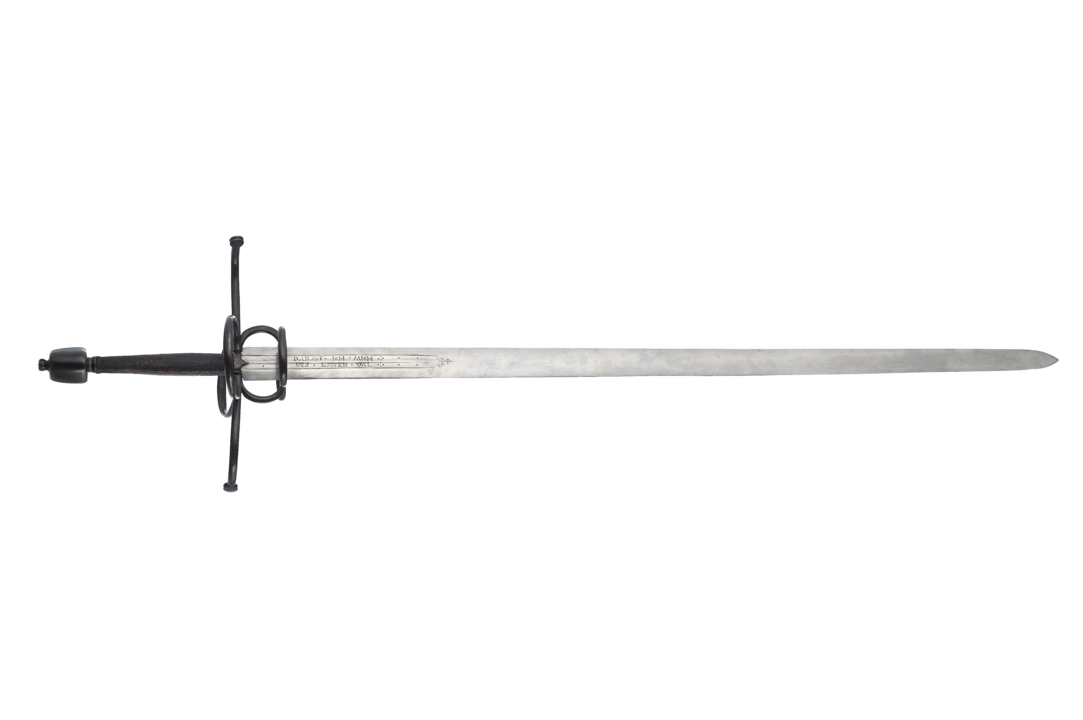
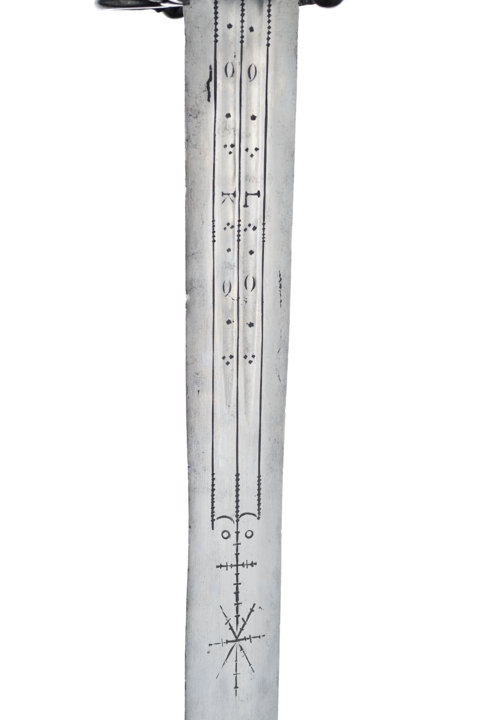
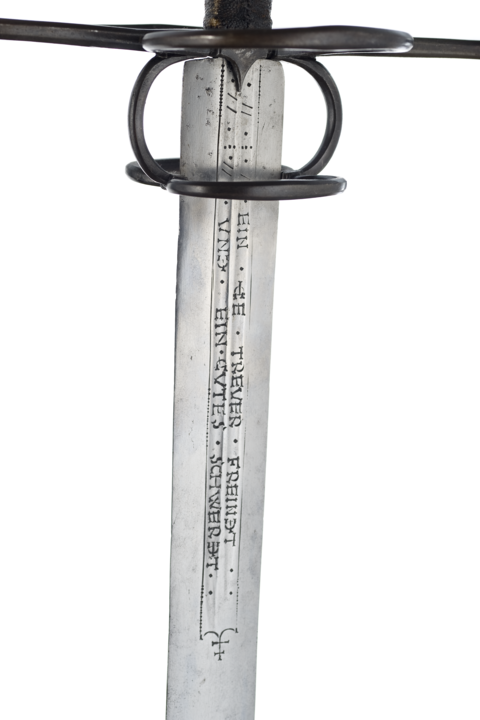
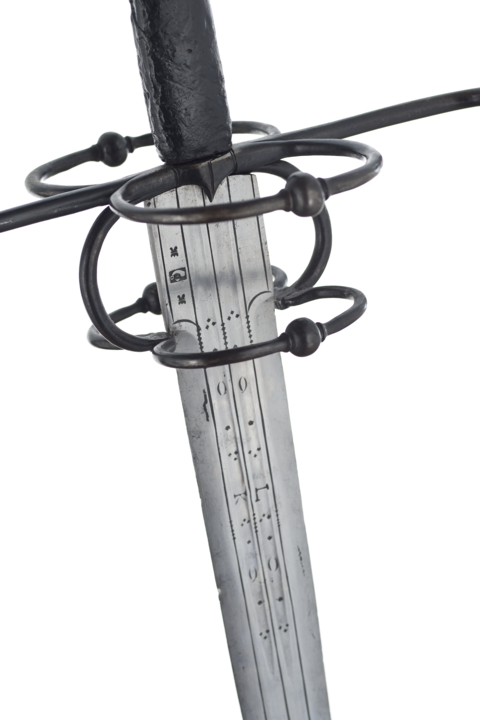
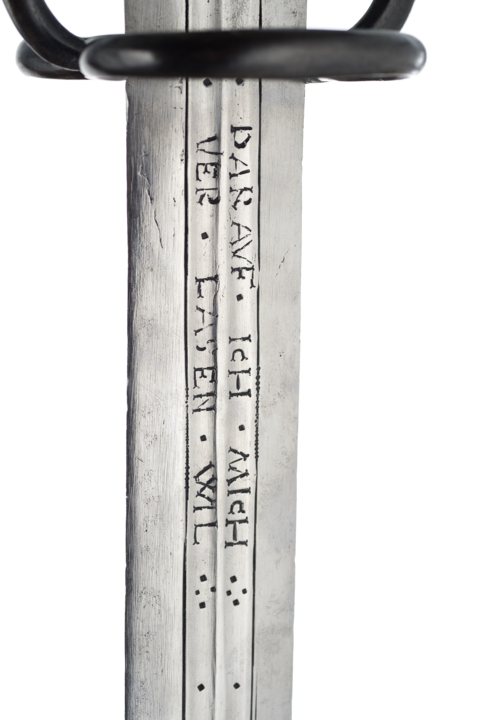
Image Credits
The blades, some of which date from the 15th century, were only given uniform hilts, crossguards and shell guards later on, towards the end of the 17th century. One of the craftspeople who worked on these weapons was a female swordsmith from Graz, Barbara Reischenberger.
At the same time as the Zweihänderemerged in the 14th century, the Anderthalbhänder or “hand and a half” sword was developed. With an average length of 130cm it was somewhat smaller, but also allowed the left hand to be used to assist. As protective armour became stronger and stronger, the swords used for attack also had to be improved. This was done by making the blades longer and heavier, so that they could penetrate the tougher armour. As blades became longer, the length of the handles also steadily increased, eventually providing room for two hands by the end of this process of transformation. While the distinction between the Zweihänder and other melee weapons is relatively simple, with the Anderthalbhänder the difference is not entirely clear.


















